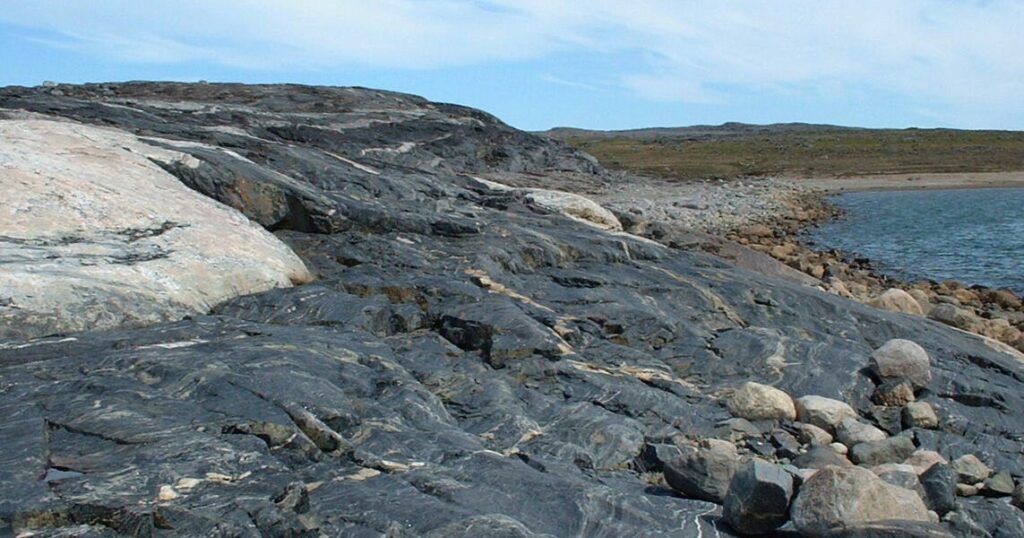
QUEBEC, CANADA – Scientists have potentially identified the Earth’s oldest rocks within the Nuvvuagittuq Greenstone Belt, a geological formation on the eastern shore of Hudson Bay. This discovery could provide unprecedented insights into the planet’s formative years.
Immediate Impact
The Nuvvuagittuq Greenstone Belt has long intrigued geologists due to its ancient rocks, characterized by streaked gray stone. However, the exact age of these rocks has been a matter of scientific debate for years.
Previous studies suggested these rocks could be as old as 4.3 billion years, placing them in the earliest period of Earth’s history.
Key Details Emerge
In a recent study published in the journal Science, researchers sampled a new section of the rock formation, utilizing dual dating techniques that measure the decay of radioactive elements. The results indicated an age of approximately 4.16 billion years.
“The different methods gave exactly the same age,” stated Jonathan O’Neil, a study author from the University of Ottawa.
Dispute Apparently Settled
Earlier research had been contested by some scientists who argued that contaminants had skewed the rocks’ age, suggesting they were closer to 3.8 billion years old. The new findings, however, align with previous estimates, potentially settling the long-standing debate.
Ancient Rocks Could Shed Light on Earth’s Earliest Days
The Earth formed about 4.5 billion years ago, and primordial rocks are rare due to tectonic activity. The Nuvvuagittuq rocks, if confirmed as some of the oldest, could offer a glimpse into the planet’s early conditions and processes.
“To have a sample of what was going on on Earth way back then is really valuable,” remarked Mark Reagan from the University of Iowa.
Regional Implications
The rock formation is situated on tribal Inukjuak lands, where the local Inuit community has expressed concerns over past damages caused by scientific explorations. Large chunks of rock have been removed, prompting calls for protective measures.
“We just don’t want any more damage,” stated Tommy Palliser of the Pituvik Landholding Corp, advocating for a provincial park to safeguard the site.
What Comes Next
Efforts are underway to reconcile scientific research with the preservation of the site. The Inuit community is keen to collaborate with scientists to ensure responsible study of the rocks while protecting their cultural heritage.
The implications of these findings extend beyond geological interest, potentially informing our understanding of Earth’s early environment and the origins of life.
The story of the Nuvvuagittuq Greenstone Belt continues to unfold, promising further revelations about our planet’s ancient past.






